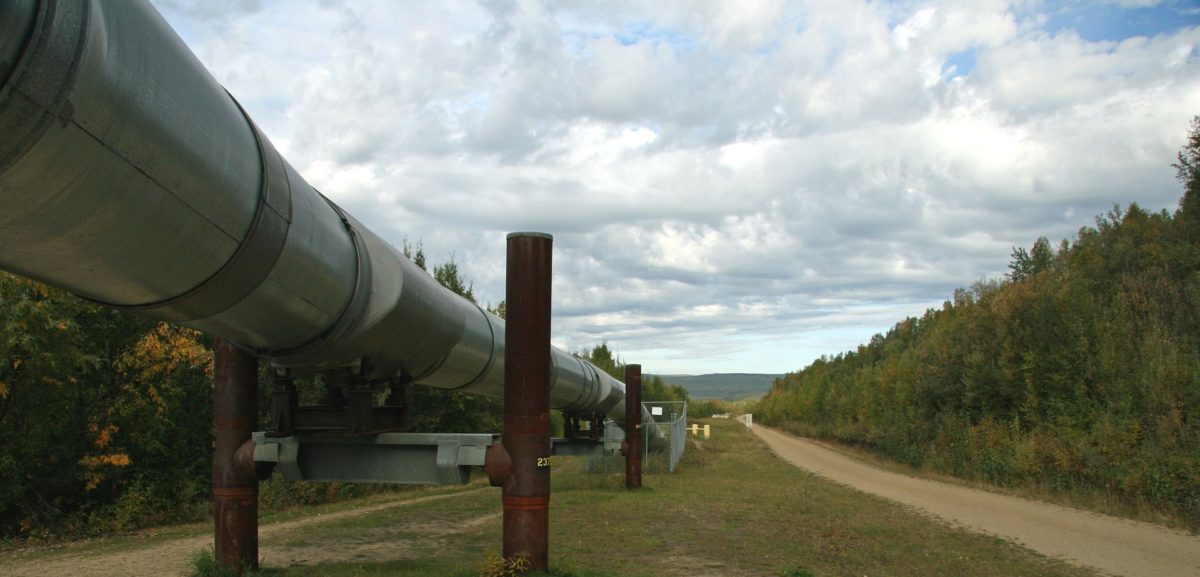From pv magazine, January edition.
JG – Looking at your move to Eurogas, of course people are going to say that you are now going to the ‘dark side’ of fossil fuels. How do you explain your motivation to make the switch?
JW – Next year the EU launches something called the Gas Package. Being a lobbyist by nature, I had worked quite heavily on the [European solar] trade case and the [EU] Clean Energy Package, and the next big game in town is going to be on the Gas Package and how renewable and decarbonized gas needs to become more of a natural part of the gas mix. I honestly thought it would be a good opportunity for me to go on and play an important role in the next sector – moving from electricity to gas.
We have gone through this huge electrification discussion. But even [European electricity sector association] Eurelectric’s most optimistic scenario concludes that electrification will only get us 60% of the way to powering the whole European economy – which means that 40% will come from gas. In a more realistic scenario, the mix is going to be more like 50/50.
And you see solar playing a role here?
One of the key elements that I’ve become increasingly convinced of is the role, in the future, of things like power-to-gas – or power-to-X. This July, we ran a workshop with Hydrogen Europe and we talked a lot about how solar power can be converted, via electrolysis, to gas. I think when you have this huge amount of gas infrastructure that exists today, it is unlikely that we’re not going to keep it active and full. Thinking about things like that, then the opportunity to fill this gas network with gas from renewable feedstock arises.
When we started doing our forecast through to 2030, 2040, and 2050, you are talking about 1.4 TW of solar installed – a lot of it in southern Europe. That means that solar will be facing the risk of cannibalizing ourselves, or you can create new demand. Demand for me, would be to create the renewable gas: hydrogen. I think we’re going to see that, to make sure that there is sufficient demand [for solar].
But that’s not to say that I don’t believe in batteries – batteries will be there and they will be fed. But I think of it more [as] an ‘and, and, and,’ so solar-plus-batteries… plus gas.
I don’t know a great deal about gas markets and gas infrastructure, but I can envisage some kind of tension between renewable feedstock for power-to-gas and companies which own and operate natural gas reserves. Does that worry you?
There can be [tension] and it is something that will have to be looked at. But for those that own the existing gas infrastructure, they will be happy as long as there is something in their pipes, shall we say. That is where they get their value. My thinking and feeling is that when you are an owner of such things you have to have an eye for the future. And the future, I would suggest, is that we are going to have to decarbonize, not only in electricity but also in gas.
That means that at some point in the future, asset owners will have to think about not only the assets from which they produce their money – such as oil and gas exploration and exploitation – [but also] how they can produce revenue from other sources. And that means solar and wind, as comparative ways of generating the substance, i.e. gas, from which they can maintain their profitability.
Do you ever envisage a situation where you might be working against, or lobbying against, the interests of solar?
Absolutely not. I wouldn’t take the job if I had to start speaking against what I’ve achieved here. That would be nonsensical. I will not be speaking out against renewables – that is an absolute fact. From an existing natural gas point of view, I can talk very comfortably about the useful role it plays as a balance for renewables – and that is part of the narrative that we’ve had here at SolarPower Europe over the past few years. The interesting thing for me is about how much decarbonized natural gas you can get the system to support.
I know that IRENA [the International Renewable Energy Agency] has begun working on examining the geopolitical implications for increasing shares of renewable generation around the world. Gas is very much a geopolitical good, particularly in a European context. What kinds of challenges are you envisaging there?
We know from our own experience in solar that every technology has this geopolitical element to it. When we talk about security of supply, there are very few technologies that can say they offer genuine security of supply. Talking about value chains, different parts and components being made all over the world – as in wind and solar – in gas there are other countries providing the gas, such as the Middle East and our eastern neighbors. And in nuclear there is uranium coming from places like Russia or Africa. So it’s very difficult to say that any [energy source] is truly European.
At that point, there must [be] a basis of accepting that security of supply is not absolutely guaranteed, so Europe must work with the best partners – who have the best long-term visions to supply a decarbonized energy supply. The ‘elephant in the room’ that people will talk about is gas and the role Russia will play, going forward. But that will very much depend on how fast we move in the direction of diversification of suppliers and also the diversification of sources – meaning hydrogen, biomethane, biogas etc.
There was a very interesting article from [Russian natural gas giant] Gazprom recently, explaining how it will increase the amount of hydrogen it will produce through 2050. That shows that Gazprom is thinking not only about how much natural gas it will send through its pipes, but also how it will decarbonize and send hydrogen through its pipes.
What will you miss from the solar sector?
I’ll miss all of you guys. I came here, from a consultancy, and honestly didn’t really know what to expect. What I have loved about the whole sector is that it is full of optimists, and it is full of innovative and very bright people. I am not divorcing the sector, I am moving into another one. But I intend to keep those important relationships alive. It is a young sector, not an incumbent, growing fast – and it’s disruptive.
This content is protected by copyright and may not be reused. If you want to cooperate with us and would like to reuse some of our content, please contact: editors@pv-magazine.com.




Interesting. I missed a discussion about the choice of X in the coming P2X world. Hydrogen, synthetic methane, or synthetic ammonia? You can’t fill a gas pipeline with more than one gas a time, and other infrastructure is even more specialized, so a strategic choice has to be made. I’m no expert, but I’m attracted to ammonia for two reasons. It’s not a GHG like methane, so leaks are merely a local heath and safety hazard; and it has a high boiling point of -33° C., halfway between propane and butane. You can either pump it as a gas or store as a liquid in low-tech pressurized steel containers, both at ambient temperature. So you avoid the expensive deep refrigeration that liquid hydrogen and liquid methane both need for long-distance transport.